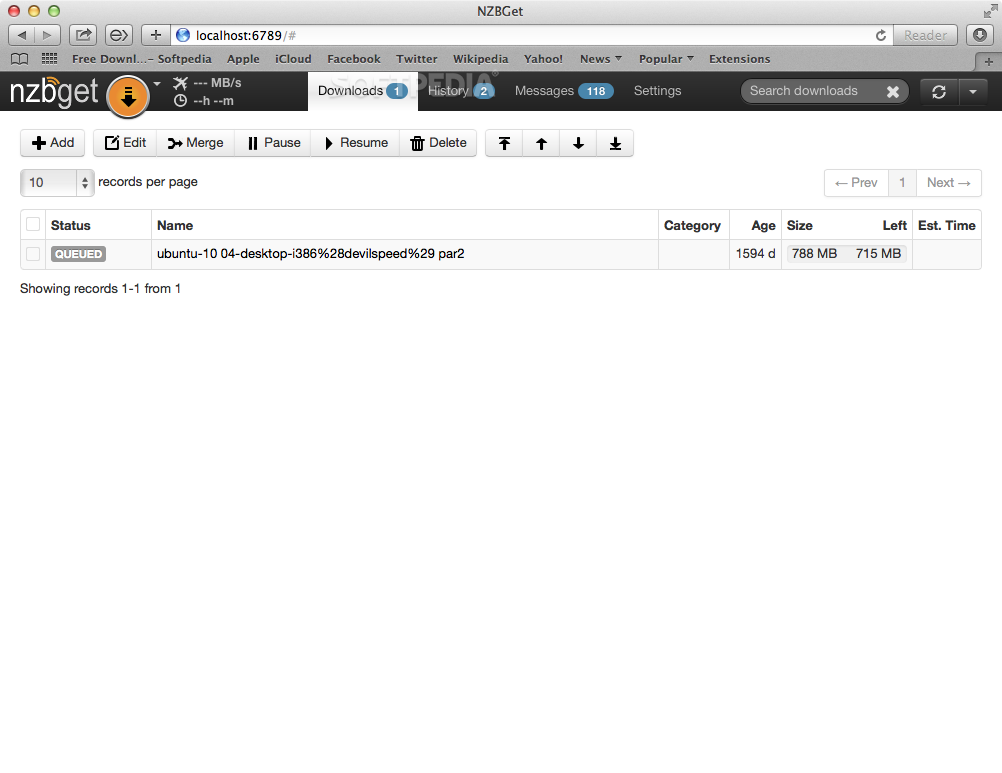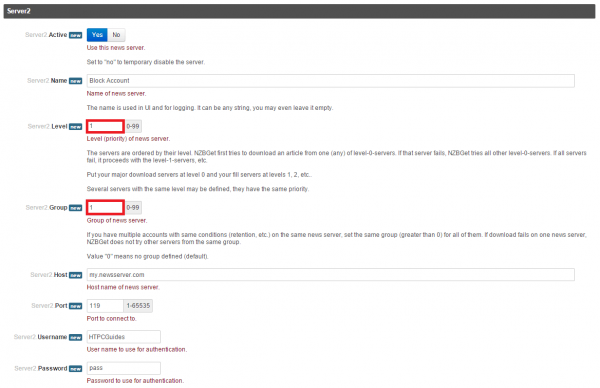

My goal was to just bring awareness to those who use the CentOS/Fedora/RedHat world that their lives just got easier! At the time this blog was written CentOS 8, Fedora 31, Fedora 32, and Fedora 33 were the current distributions. I’ve recently begun packaging these tools in addition to some of the plugins that go with them. But at the end of the day, both of them are amazing and well maintained by their developers and the community that follows them. Both of them also have a strong community that chooses one over the other and have their own preferences why they did. Both of these tools have their strengths and weaknesses. The two top programs in the Usenet world are NZBGet and SABnzbd.

On NZBGet installations that use the universal installer automatic updates are supported in the web-interface: Settings -> SYSTEM -> Check for updates. In this event simply add the following command in the scheduler.

Please note that some systems (for example Synology NAS) offer easy scheduler configuration for tasks executed on system boot. Then add a shutdown line to the shutdown scripts:įor boot script examples review our guide on starting NZBGet on system boot. Please note: you will not see any output of this command.Īdd this line to the init scripts of your system. To run NZBGet in the background as daemon (service) use the command -D instead of -s :

If you want to reuse a configuration file from another NZBGet installation review our guide on backing up and restoring settings. Go to settings and check options in the PATHS menu selection on the left side menu. Once complete open the URL, this will launch the NZBGet web-interface. To debug you can start NZBGet in output mode log or color :Īlternatively you can set the TERM variable: If you get an error like “Can not open terminal” this is because NZBGet is in curses mode and it can’t determine the proper configuration. In this mode you can see any errors as they happen in the terminal window. All files included will be unpacked and no configuration will be performed.īegin testing by starting NZBGet in console server mode. If you want to extract all files from the installer use parameter -unpack. Use parameter -h to get the list of supported CPU architectures. If you wish to change this setting, the architecture can be specified with parameter -arch : sh n -destdir /path/to/install/nzbgetĬPU architecture is automatically detected by the installer.If you wish you can specify another directory using parameter -destdir : NZBGet installs the directory nzbget in the current directory. Once downloaded start the installer from terminal with the following command:
NZBGET DEFAULT PASS DOWNLOAD
If you have an up to date version of wget you can additionally download the installer directly on your device with the following command: Automatic installationĭownload the installer package from the NZBGet Download page. Please review the installation on POSIX guide if you prefer to self compile. The installer based installation process is described below. This allows the NZBGet installer to work for most Linux installations including NAS, media players, WLAN routers, and other devices (even Chromebooks). Linux installations are an easy process as NZBGet provides installers for Linux which require only Linux kernel 2.6 or later with no other library dependencies.


 0 kommentar(er)
0 kommentar(er)
